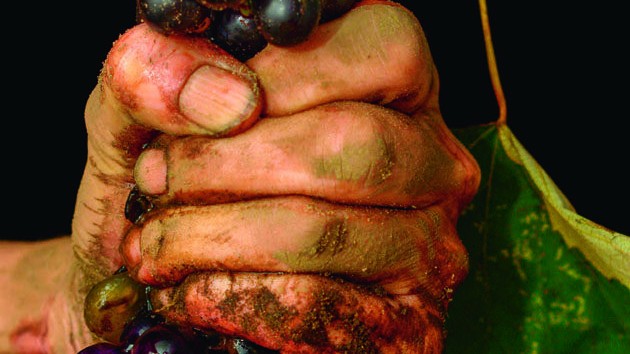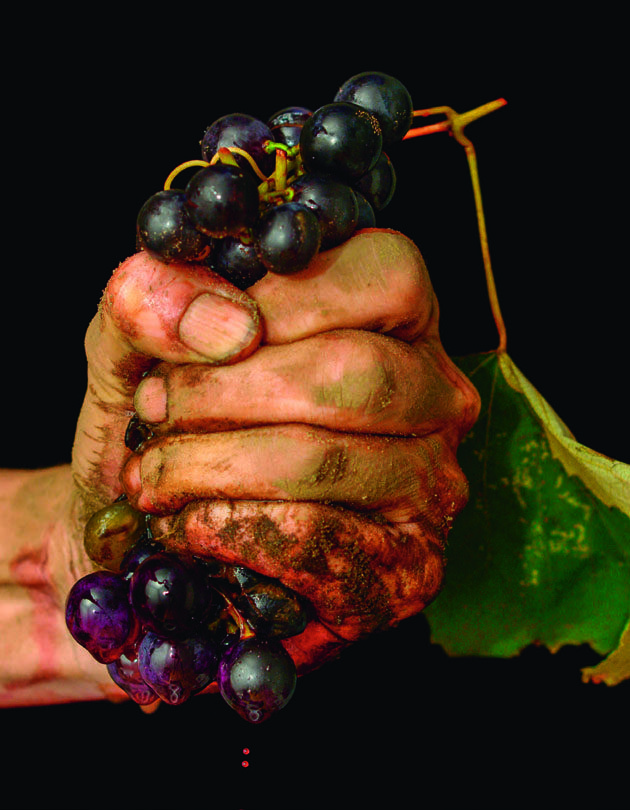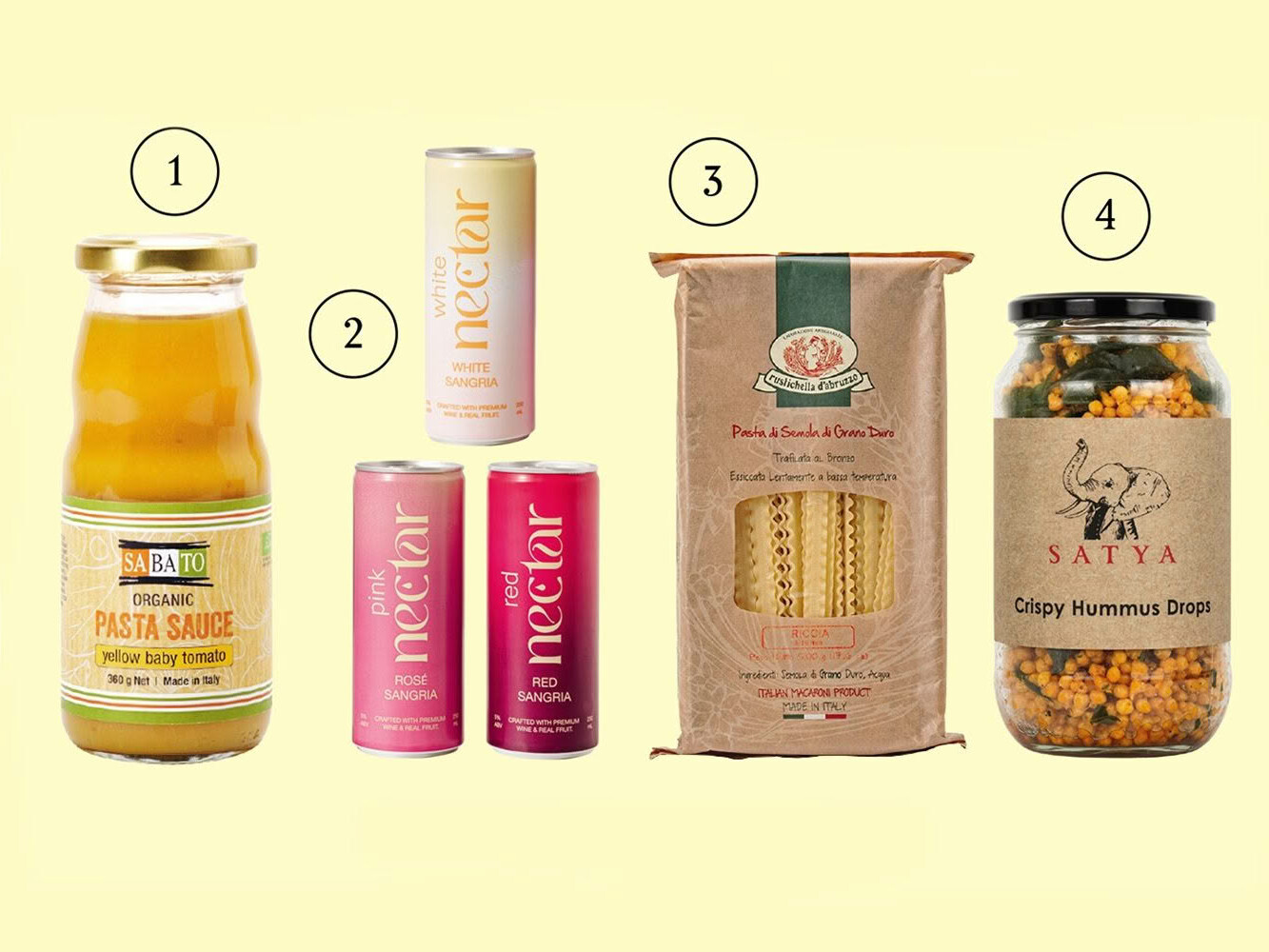New Zealand’s wine industry needs to open its mind to those pushing the boundaries, says JOHN SAKER.
Openness to innovation and an intrepid spirit were key ingredients in the rapid rise of the modern New Zealand wine industry. “The New Zealand winemaking community is loved for its fearlessness in tackling new frontiers,” said Aussie wine critic and writer Nick Stock in these pages several years ago.
But that “any-new-method-ormadness-considered” attitude appears to have been fading of late, especially in regard to the current wave of stylistic diversity in New Zealand wine.
The horror expressed by many Kiwi winemakers as some of their colleagues began experimenting with positive reduction in chardonnay (those smoky, flinty characters) is a case in point.
The trend tripped off a lot of huffing and puffing. A constant refrain was that many of these wines were unbalanced. You’d also be told that chardonnay-loving consumers were not impressed by them.
The critics were right – partly – on both counts. Some new-wave chardonnays have been a little too flinty. And no doubt some punters were turned off by them. But isn’t having a go at broadening the range of styles a good thing? As to consumer appeal, the number of reductive chardonnays in the market now suggests a segment of the market is happily getting behind the style.
The most intense ire of all, though, has been directed at natural wines.
Natural wines have been gaining traction around the wine world over the past decade. It’s a loose, uncentred movement that can mean different things to different people. You could do worse than heed British wine writer Andrew Jefford’s definition that natural wines are made from grapes grown in organic or biodynamic vineyards “with few or no chemical additions in an artisanal manner, sometimes involving historical techniques such as amphora fermentation”.
But any mention of the term “natural wines” in the company of a representative group of Kiwi winemakers is likely to cue a salvo of derisive snorts of mirth. You’re bound to hear this: “But aren’t all wines natural?” And this: “Since when does a wine fault become something to admire?”
Here we arrive at the nub of the issue – the “f” word, “fault”.
A key problem many of the naysayers have with these new styles is that they deem them to be faulty. Which raises the issue “what is a wine fault, and who decides it is a fault?”
The answer to that lies in the general winemaking philosophy that prevailed in Australia 30 or so years ago, when our own wine industry began to take off. The Australian approach (which was similar to that of other New World wine strongholds) emphasised wines that were fruity and clean, and to that end a range of interventions and chemical additions were part of the production menu. The Australian influence on the development of New Zealand wine was enormous.
In parallel, a wine show system emerged. Its judging template was skewed towards rewarding the best examples made using these modern winemaking methods. Some characters and qualities came to be regarded as dangerous imperfections. They were classified as faults. Reduction, oxidation, volatility – these and other influences on the taste of a wine are on the traditional judge’s unwanted list.
Allowed to roam absolutely free, these “faults” can indeed be bad hombres. They have the potential to ruin a wine. The producers of natural wines, though, are not so hung up about them. They see and use them in the same way a clever fast bowler does a bouncer. When employed with discretion, they can be unsettling, thrilling and very effective.
It’s a tricky dance, making natural wine, and there’s no doubt there are plenty of failures. But the bravest in any sphere of endeavour try and fail constantly. They should be applauded for pushing boundaries.
It’s time our wine industry as a whole rediscovered its open mind and curiosity. It will find the shock of the new is not really that shocking at all.
SEE MORE FROM CUISINE
Design File / Jessica Crowe / stylist, painter / Whangamatā
Though you may not know Jessica Crowe’s name, if you are a regular…
Traffic July / August 2025
Josh and Helen Emett continue the elegance and success of Gilt, with…






